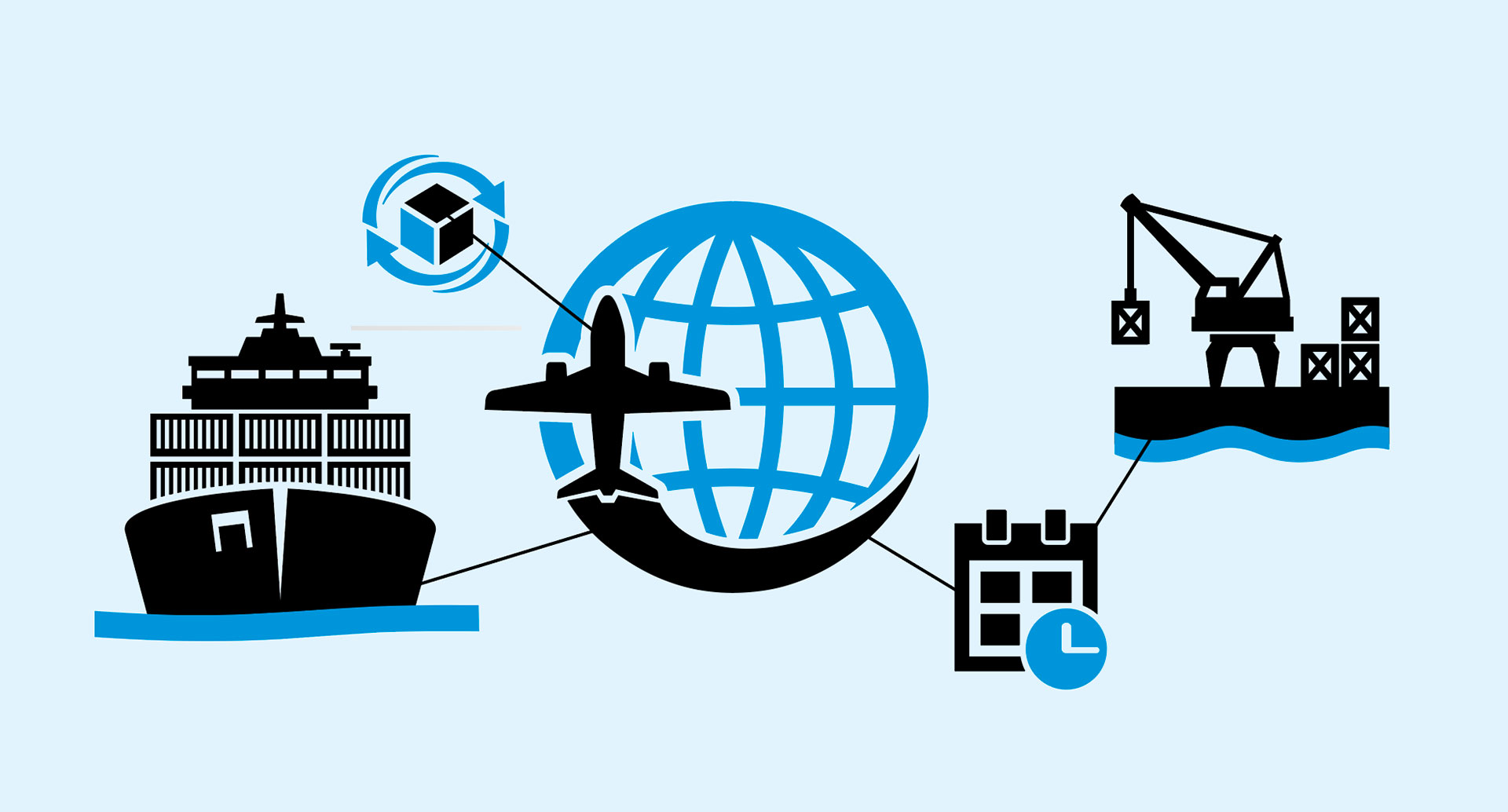The global supply chain is a complex network of interconnected processes and systems that are responsible for the movement of goods and services around the world. Manufacturers, in particular, are heavily reliant on the global supply chain for their sourcing, production, and distribution needs. However, navigating the global supply chain can be challenging, with various obstacles and risks that manufacturers must overcome.The mexican manufacturing companies have been increasingly expanding their presence in the global marketplace in recent years. In this article, we will explore some of the challenges and opportunities that manufacturers face in navigating the global supply chain.
One of the primary challenges of the global supply chain is its complexity. The supply chain consists of numerous processes, including sourcing, procurement, production, logistics, and distribution. Each process involves multiple stakeholders, including suppliers, manufacturers, distributors, and customers, all of whom operate in different locations around the world. Coordinating these processes and stakeholders can be a daunting task for manufacturers, particularly those with a global reach.
Another challenge for manufacturers in navigating the global supply chain is the risk of supply chain disruptions. Disruptions can arise from a variety of factors, including natural disasters, geopolitical events, and changes in regulations or policies. Such disruptions can have severe consequences for manufacturers, leading to delays in production and delivery, increased costs, and damage to their reputation.
However, with these challenges come opportunities for manufacturers to improve their supply chain management. One such opportunity is the use of technology to streamline processes and improve visibility. For example, manufacturers can leverage data analytics to track their supply chain in real-time, enabling them to identify potential disruptions early and take proactive measures to mitigate them.
Another opportunity for manufacturers is to diversify their supply chain. By working with multiple suppliers and partners, manufacturers can reduce their reliance on a single source, thereby reducing the risk of disruptions. This approach can also provide manufacturers with greater flexibility in responding to changing market conditions, allowing them to adjust their supply chain as needed to meet demand.
Collaboration is also essential for navigating the global supply chain. Manufacturers can work with suppliers and partners to share information, coordinate processes, and develop contingency plans to address potential disruptions. Collaboration can also help manufacturers to identify new opportunities for innovation and growth, such as developing new products or entering new markets.
Moreover, manufacturers can improve their supply chain sustainability by adopting eco-friendly practices and reducing their carbon footprint. Consumers are increasingly conscious of the environmental impact of their purchases, and manufacturers that prioritize sustainability can enhance their reputation and appeal to these consumers. Additionally, adopting sustainable practices can lead to cost savings through energy efficiency and waste reduction.
Another critical factor for manufacturers in navigating the global supply chain is managing risk. Risk management involves identifying potential risks, assessing their likelihood and impact, and developing strategies to mitigate or avoid them. Risk management can help manufacturers to prepare for potential disruptions, such as by stockpiling critical components or diversifying their suppliers, and can also enable them to respond quickly and effectively when disruptions occur.
Conclusion
Navigating the global supply chain can be challenging for manufacturers, but it also presents significant opportunities for improvement and growth. By leveraging technology, diversifying their supply chain, collaborating with partners, prioritizing sustainability, and managing risk, manufacturers can enhance their supply chain management and better position themselves for success in the global marketplace. As the global supply chain continues to evolve, manufacturers that are adaptable and proactive in their approach to supply chain management will be best positioned to succeed.
